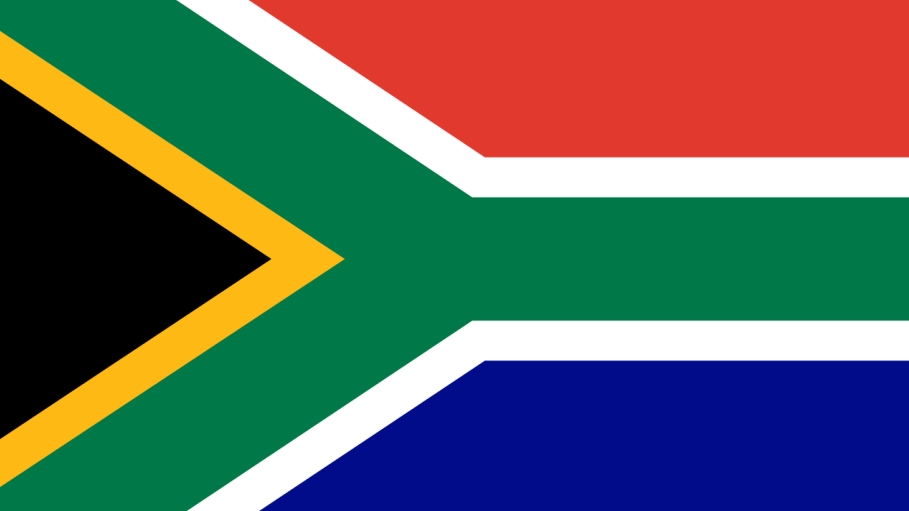The Republic of Kenya is located in the East of Africa. It is bisected horizontally by the equator and vertically by longitude 38° E.
The country is the border to the North by South Sudan and Ethiopia, to the East by Somalia and the Indian Ocean, to the South by Tanzania, and to the West by Lake Victoria and Uganda.
At present political temperatures are too high as the country has only a few days left until the 9th August general elections.
Voters will elect the President, members of the National Assembly and Senate, county governors, and members of the 47 county assemblies.
The current Government is headed by President Uhuru Kenyatta together with his deputy William Samoei Ruto.
The foremost presidential aspirants in this year’s election are the Current Deputy President Mr. Ruto and Kenya’s former Prime Minister Mr.Odinga.
Other presidential aspirants who have been cleared by the Independent Electoral Commission (IEBC) to run for the presidency as of today include Mr. David Waihiga Mwaure.
He is the leader of the Agano Party, while Mr. George Wajackoya, Leader Of the Roots Party of Kenya, is another presidential candidate. No female so far has been cleared to run for the country’s top seat, the Presidency.
Nevertheless, Martha Karua may become the first woman to occupy the office of deputy president in Kenya after Raila Odinga announced her as his running mate in this year’s elections.
“After 60 years of independence, we can’t excuse the male dominance of the executive,” Odinga, 77, said in a televised address on Monday. “History is calling us to close the gender gap in our country.”
Karua, 64, previously served as a lawmaker for two decades, has been a cabinet minister and worked as a magistrate. She hails from the vote-rich Mount Kenya region, home to the Kikuyu, the country’s biggest ethnic group. Election results in Kenya are usually determined by how the nation’s five largest ethnic communities vote.
In December 2021, the Mount Kenya Foundation, one of the country’s most powerful and wealthy Kikuyu lobbies, announced its support for Odinga. while on the other hand, Kenyatta has repeatedly said that the next president will be “neither Kikuyu nor Kalenjin”.
This is a clear indication of a new political dynamic based on class politics, which is now being framed as hustlers versus dynasties.
The families of incumbent President Uhuru Kenyatta and former opposition leader Raila Odinga have dominated Kenyan politics since independence in 1963. Moreover, Kenya has traditionally been ruled by presidents who belong to either the Kikuyu people – like Kenyatta – or the Kalenjin people, like incumbent vice-president William Ruto.
The potential victory of Odinga, a Luo, would mark a departure for the country, which has 44 ethnic groups. Going to the ballot again next month will be his fifth time tirelessly seeking this position at 77 years of age.
In January 2022 Ruto’s United Democratic Alliance announced a coalition pact with the Amani National Congress of Musalia Mudavadi, FORD–Kenya of Moses Wetangula, and several other political parties. The new coalition was called Kenya Kwanza.
In February 2022, Kenyatta’s Jubilee party announced that it would join the Azimio la Umoja coalition headed by Odinga, the party leader of the Orange Democratic Movement (ODM).
On 12 March 2022, at least 26 political parties, including the major political parties Wiper, Jubilee, ODM, and KANU, signed a cooperation pact, endorsing Raila Odinga’s presidential candidature. That same day, Kenyatta publicly endorsed Odinga for the presidency.
On 15 March 2022, the UDA and Kenya Kwanza endorsed Ruto as their presidential candidate for the August 2022 general elections.
Meanwhile, for Martha Karua, securing the position must have been a tough battle. This is because over 4 male candidates were in the fight to secure that position. It is a new twist for the country, as no woman in Kenya’s history has ever been nominated for such a highest position as deputy president.
Mr. Ruto, on the other hand, has named Rigathi Gachagua, a lawmaker who hails from the same region as Karua, as his running mate.
The fact that both running mates are Kikuyu from Central province reflects the fact that this is a key battleground.
Although, according to political analysts Odinga’s choice may give him an upper hand, as Karua is seen to be an independent thinker willing to stand up for her principles.”
They have also billed this year’s elections as one of the most competitive in Kenya’s history. The majority of women and youths have stepped up to run for different positions of leadership in the country.
When presiding over his last Madaraka (internal self-rule) Day celebration on 1 June, an Interesting incident caught many by surprise. President Uhuru Kenyatta breached protocol by barring his deputy from addressing the crowd, as is normally the case during national events.
Mr. Kenyatta even avoided mentioning the names of other top politicians who were present. That was including former Prime Minister Raila Odinga, Wiper party leader Kalonzo Musyoka and Amani National Congress (ANC) leader Musalia Mudavadi.
The president’s close allies insisted he did not want his last national function as the head of state to be overshadowed by election politics. Hence the reason why he neither gave the top contenders a chance to address the crowd.
The president’s close allies claimed that he did not want electoral politics to overshadow his final public appearance as the head of state.
Therefore, he didn’t allow the front-runners to address the audience.
The president’s move is evidence that the stakes in this year’s elections are too high and can only be likened to the disputed 2007 plebiscite, which sparked widespread violence and resulted in more than 1000 fatalities.
Given that it is the first election to be held in a situation in which the president in office and his deputy do not agree, it is also unusual.
Since the president and his deputy were jointly nominated and elected under the new constitution, the former does not have the authority to remove the latter from office as it did under the previous one.
Looking back In 2018, President Uhuru Kenyatta and his former rival for Presidency, Raila Odinga, stunned the public. The two top leaders shook hands and declared a truce after post-election violence in 2017 left dozens of people dead.
They also sought to expand the executive through the Building Bridges Initiative (BBI) constitutional changes. This would have potentially allowed Kenyatta to stay in power as prime minister. But despite Kenya’s top court ruling against the proposed amendments in August, the unexpected alliance has persevered, with Odinga attending official government functions with Kenyatta.
Such decisions in a world of rising authoritarianism, have made Kenya stand out as a democratic experiment worthy of U.S. and international support.
Again In 2010, Kenyans overwhelmingly approved a new constitution that embraced liberal democratic principles and broadly guaranteed individual liberties. Theoretically, if not usually in practice, parliamentary and judicial checks and balances are effective.
Kenyans enthusiastically march, demonstrate, protest, and vote thanks to a high degree of civic participation and a media that is largely free. Nothing would suit them more than the opportunity to remove recalcitrant incumbent officeholders.
All in All Peaceful elections are important, but so too are credible elections. Therefore, as the country heads to elections, the African leadership magazine team wishes them the best outcome, come the 9th of August 2022.


